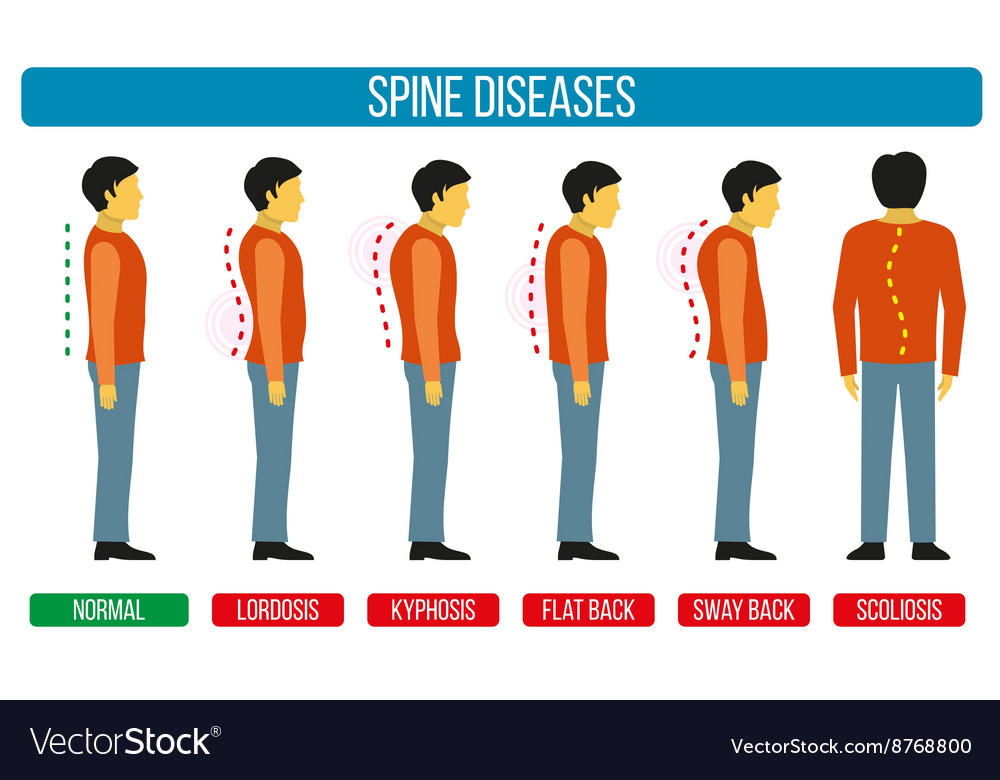When you go through Low Level Laser Therapy (LLLT), it is essential to be knowledgeable about potential negative effects that can arise, such as skin responses, short-lived pain, and also migraines. You could find that these concerns can be taken care of effectively with some straightforward methods, but they can still be concerning. Comprehending exactly how to resolve these negative effects is important for a smoother recovery procedure. So, what are one of the most typical reactions you should expect, and how can you prepare yourself to manage them efficiently?
Skin Reactions
When undergoing low-level laser treatment, you might experience numerous skin reactions. These responses can vary from light to modest and are usually short-lived. Some of the most typical skin reactions consist of soreness, swelling, or a feeling of heat in the cured area.
You might discover your skin showing up a little inflamed right after the procedure, yet this usually subsides within a few hours.
Sometimes, you may likewise run into dryness or flaking skin. This can happen as your skin adapts to the treatment and begins to heal. It's necessary to maintain the area moisturized to relieve any discomfort. If you're prone to sensitivity, you might intend to use a gentle, fragrance-free moisturizer to assist calm the skin.
While these skin responses are usually benign, it is necessary to keep track of the affected area. If you notice any type of uncommon adjustments, such as prolonged redness or blistering, don't wait to consult your healthcare provider. They can provide support on just how to take care of these reactions efficiently.
Temporary Discomfort or Pain
You could run into short-term discomfort or discomfort throughout or after low-level laser therapy, as your body reacts to the therapy. This sensation can differ from mild tingling to an extra obvious ache, depending upon the area being treated and your individual sensitivity.
It's vital to bear in mind that this discomfort normally subsides within a few hours to a number of days.
To manage this momentary discomfort, you can apply a cold pack to the afflicted location for 15-20 mins. This can help reduce swelling and numb the pain.
Over-the-counter pain relievers, like advil or acetaminophen, can also work. Nevertheless, always consult your doctor before taking any kind of drug, particularly if you have existing wellness conditions or get on other medicines.
Listening to your body is vital. If the discomfort continues or intensifies, connect to your expert for support. They may adjust your treatment strategy or suggest different therapies.
Frustrations and Wooziness
Headaches and wooziness can often surface after low-level laser therapy, as your body gets used to the treatment. These negative effects are typically mild and short-term, yet they can be uncomfortable. It's important to pay attention to your body and take note of exactly how you're feeling.
If you experience migraines, attempt drinking a lot of water. Dehydration can aggravate frustrations, so staying hydrated may help alleviate the discomfort. Over-the-counter pain relievers can also be effective, yet make certain to consult with your doctor prior to taking anything, particularly if you're on other medicines.
Lightheadedness can occur as your body replies to the treatment. If you really feel lightheaded, it's best to rest or lie down till the sensation passes. Avoid unexpected movements, and take your time when getting up from a seated or existing setting. You may likewise wish to stay clear of driving or operating heavy machinery till you feel secure again.
Bear in mind that these negative effects generally deal with swiftly. However, if Read the Full Post or lightheadedness continue or aggravate, make certain to contact your doctor for further guidance. Your convenience is crucial, and they can aid guarantee your treatment experience is as smooth as possible.
Conclusion
In conclusion, while Reduced Degree Laser Therapy can be reliable, it is essential to be knowledgeable about potential side effects like skin responses, short-term pain, frustrations, and lightheadedness. By moisturizing the cured location, using cold packs, remaining hydrated, and utilizing non-prescription pain relievers, you can handle these signs and symptoms effectively. Always maintain the lines of interaction open with your doctor to guarantee your therapy experience is as smooth and comfortable as feasible.
